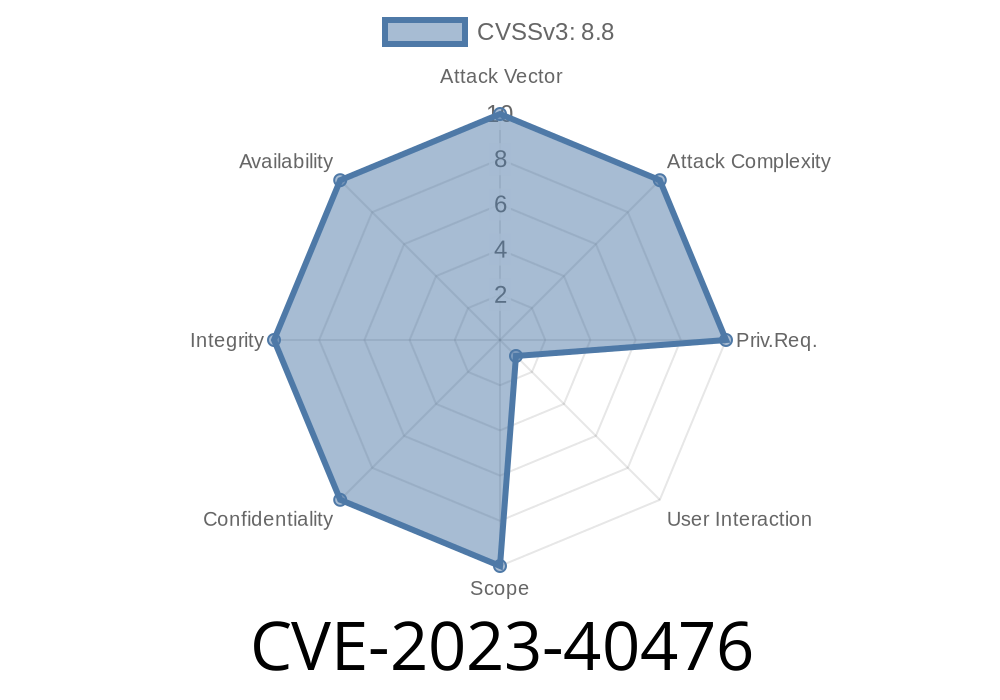A critical vulnerability has been identified in the GStreamer multimedia framework, specifically within the parsing of H265 encoded video files. This vulnerability, assigned as CVE-2023-40476, permits remote attackers to execute arbitrary code on affected systems. Successful exploitation may result in the compromise of the system, allowing malicious actors to manipulate, extract, or inject sensitive information. Although interaction with the GStreamer library is necessary to exploit this security flaw, various potential attack vectors may depend on the specific implementation in use.
Details
The vulnerability emerges due to insufficient validation of the length of user-supplied data before copying it to a fixed-length stack-based buffer. A remote attacker can exploit this security flaw to execute arbitrary code within the context of the current process. This vulnerability was previously reported as ZDI-CAN-21768.
The vulnerable code snippet is as follows
gint i, nal_length_size;
guint length;
gulong max_size;
guint8 *data;
guint8 *parsed_data;
/* ... */
for (i = ; i < max_size; i += nal_length_size, data += length) {
length = _read_nal_length (data, nal_length_size);
_write_nal_length (parsed_data, length);
parsed_data += length;
}
In the above code snippet, the length of user-supplied data is not validated for its proper bounds, leading to the possibility of a buffer overflow condition.
Original References
The original advisory can be found at the following link, which provides a detailed explanation of the vulnerability and its consequences:
- CVE-2023-40476 Advisory
Additionally, the Zero Day Initiative (ZDI) entry for this vulnerability can be accessed at
Exploit Details
Exploiting this vulnerability involves crafting a malicious H265 encoded video file containing deliberately oversized data and convincing the target user to process it using an application that implements GStreamer. Attack vectors for delivering such a file may include email attachments, social media sharing, or exploiting existing web applications to host and distribute the file.
Upon successful exploitation, an attacker obtains the ability to execute arbitrary code within the context of the current process. This access level may further be utilized to laterally move within an organization or to gain a foothold on an external/internal network.
Recommendations
Given the severity of this vulnerability, it is essential to take immediate mitigation measures to protect vulnerable systems and applications. It is highly recommended to follow best security practices, such as:
Update the affected GStreamer installation to the latest version and apply any available patches.
- Exercise caution when opening untrusted or unsolicited files, especially those received via email attachments or shared links.
- Enable proper segmentation and isolation of networks and applications to minimize potential damage in case of a successful exploit.
- Implement a robust and active security monitoring program to identify and respond to potential threats in a timely manner.
To stay informed and receive the latest updates on any further developments related to CVE-2023-40476, please refer to the GStreamer Security Announcements and other relevant resources.
Timeline
Published on: 05/03/2024 03:15:20 UTC
Last modified on: 05/03/2024 12:50:12 UTC
